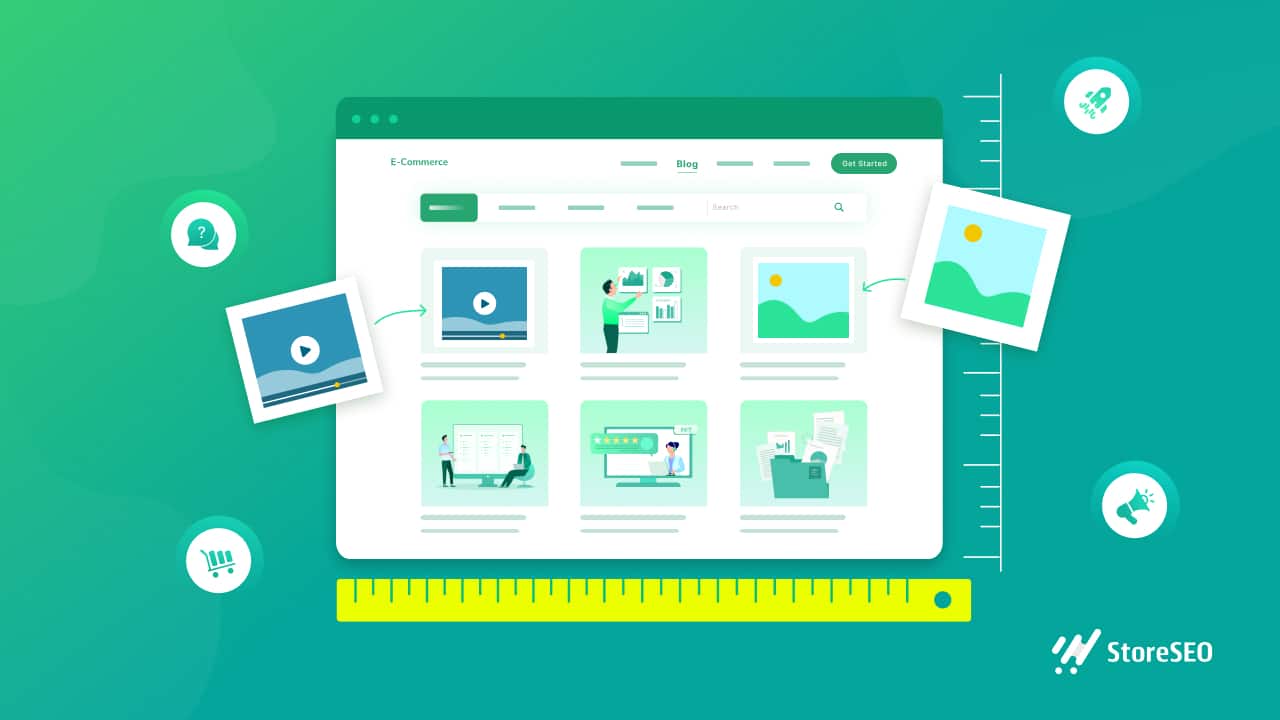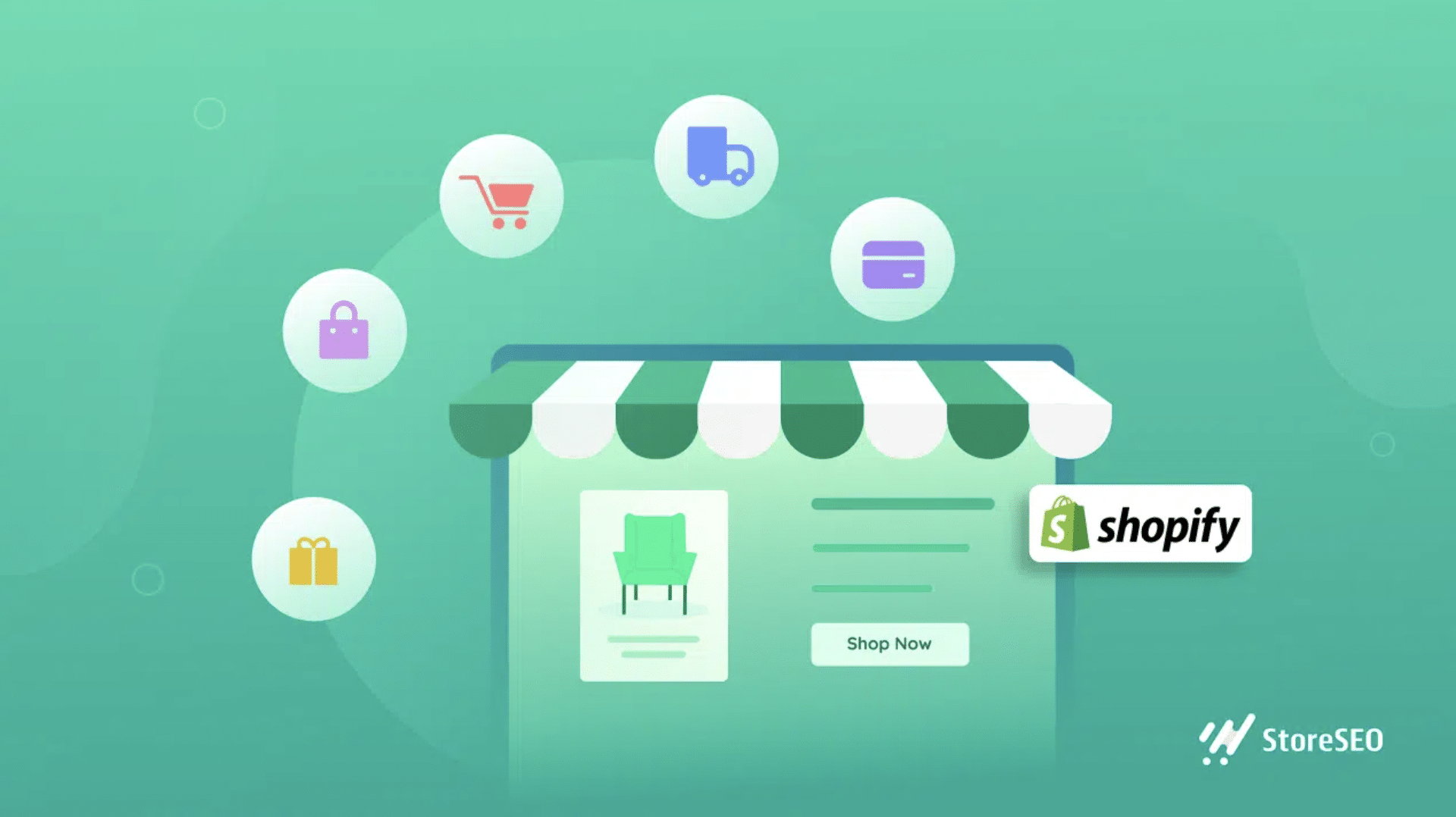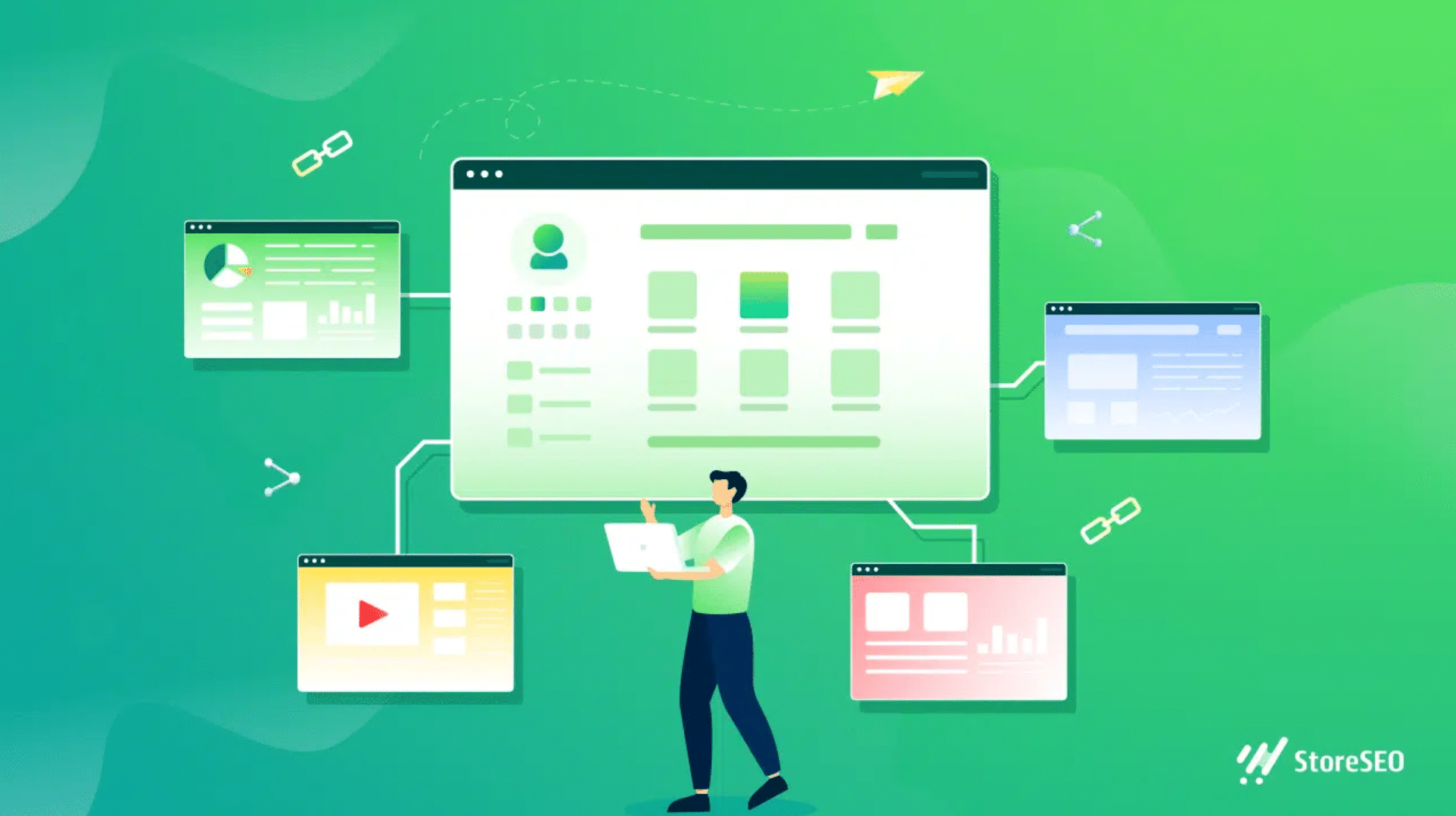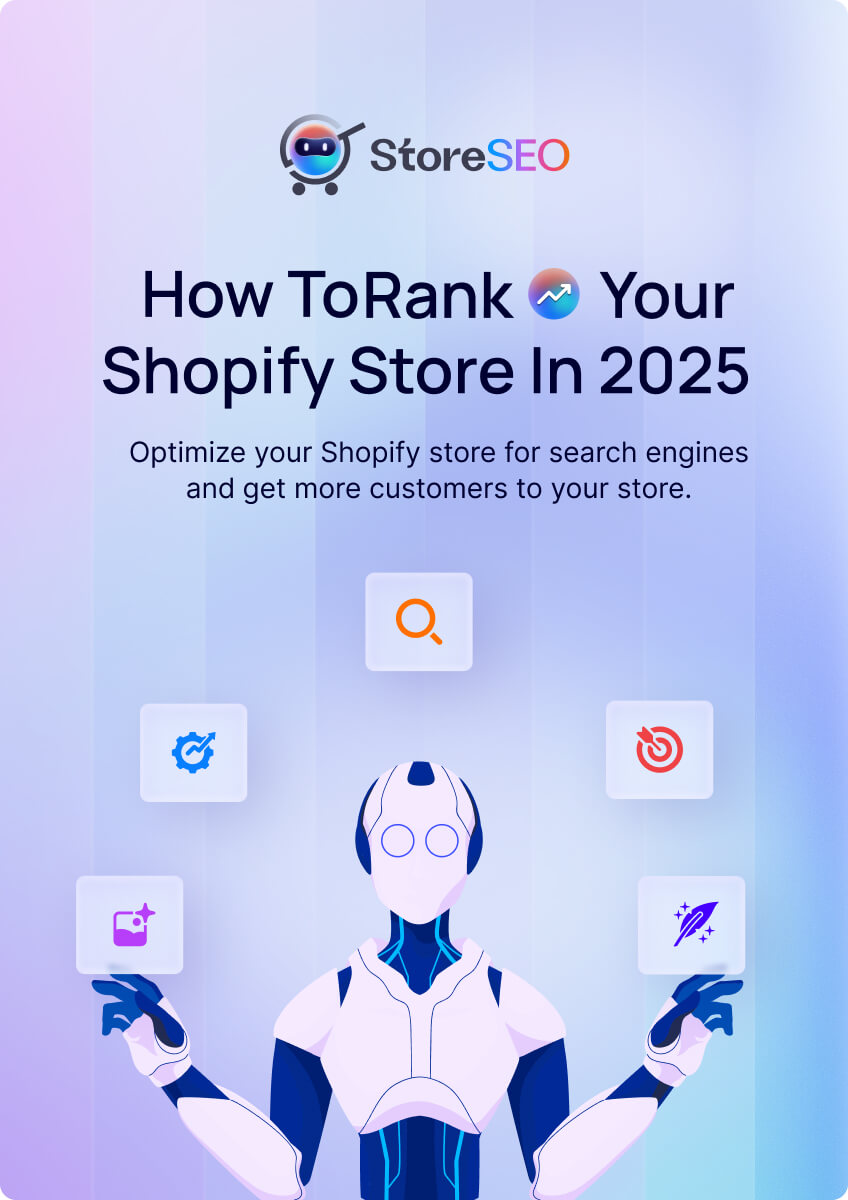The speed of your Shopify store can make or break your business success. A slow-loading website can frustrate visitors and lead to higher bounce rates. If you have noticed sluggish performance, it is crucial to identify and address the root causes. In this blog, you will get 5 reasons why your Shopify store is so slow and provide actionable insights to revitalize your site’s speed and performance.

How Do You Know if Your Shopify Store is Slow?
Look out for indicators like slow page loads, high bounce rates, and client complaints if you know your Shopify site is running slowly. You should then track user reviews, examine conversion rates, and assess how well your store works on various devices. You should also evaluate the influence of installed applications and themes on the speed of your shop, as well as the server response times. To improve overall performance, think about optimizing images, updating your hosting plan, and fixing issues with your theme and apps.
Additionally, you can use internet resources like Google Page Speed Insights and Shopify’s built-in speed report in the admin panel to evaluate your store performance. Other than that, you can effortlessly detect and control the performance of your website using the best Shopify SEO app StoreSEO, an advanced SEO solution, for your eCommerce store.
Why Does Site Speed Matter for Shopify Store?
Website speed is integral to the success of a Shopify store. It not only affects search engine rankings but also plays a significant role in user experience, conversion rates, and the overall perception of your brand. If you optimize your Shopify store for speed can lead to better visibility, increased sales, and a more positive online presence. Now check out several reasons why Shopify site speed matters:
Better Ranking

Search engines, specially for Google consider page speed as a ranking factor, and faster-loading websites are often ranked higher in search engine results pages (SERPs). Google aims to provide users with the best possible experience, and fast-loading pages contribute to a positive user experience. Improved rankings can lead to increased visibility and more organic traffic to your Shopify store.
Increased Conversion Rates
The speed of your Shopify store directly influences user experience. Slow-loading pages can frustrate visitors and lead to higher bounce rates, but fast-loading pages contribute to a smoother and more enjoyable shopping experience.
Reduced Bounce Rates
Bounce rate refers to the percentage of visitors who navigate away from a website after viewing only one page. Slow-loading pages contribute to higher bounce rates, as users are more likely to leave a site if it takes too long to load. So by optimizing your Shopify site speed, you can reduce bounce rates and keep visitors engaged. It will also help you increase the chances of your customers exploring your products and making a purchase.
More Authority
A fast-loading website contributes to a positive perception of your brand. Users associate speed with professionalism and reliability. A slow website can give the impression of unprofessionalism and can erode trust. On the other hand, a fast and responsive Shopify store enhances your brand’s credibility, authority, and trustworthiness. This is one of the crucial factors for gaining and retaining customers.
5 Reasons Why Your Shopify Store Is So Slow

Here in this section, you can explore the five key reasons behind the slowdown and learn how to address these issues. That can help you to make your website faster and produce a more efficient online shopping experience on Shopify. Check all details below:
Use of Too Many Apps
If you are managing too many apps or you have unused apps installed, in that case, you have to remove all unnecessary apps from your website and ensure the loading of your eCommerce store. This is because excessive apps or unused ones take your browser longer to load and slow down your site. Because each app adds codes to your website, affecting your store loading time.
Poor Image Optimization
Images and videos take up a certain space on the website. So if you have used or overused images, videos, or custom fonts that slow down your page load, this is why you need to check your file size and resolution. Because too many large image files, embedded videos can slow down your e-commerce store.
Inefficient Liquid Code
Shopify uses ‘Liquid’ as its templating language. Liquid code is written and included with your theme. So if you make any changes to your code like complex coding, unoptimized or unnecessary codes, it can slow your site. You need to look after and minify your JavaScript and CSS codes.
Too Many Tracking Tags
Tracking tags are pieces of code embedded on your website to gather data and analytics. These tags are important to understanding user behavior and marketing effectiveness. Your eCommerce store can slow down if you add too many tracking tags on your Shopify store.
Use of Unoptimized Theme
Using an unoptimized theme can make your Shopify store slow because these themes often have complex or unnecessary code. This type of code can make your pages take longer to load, which could be better for how users experience your site and can even affect how search engines rank it.
5 Quick Methods to Speed Up Your Store

In this section, you will get 5 quick methods to speed up your Shopify store enhancing user experience and potentially improving your search engine rankings. Take a deep dive into this section:
Use High-Quality Theme
Choose a lightweight and well-coded theme for your Shopify store. High-quality themes are optimized for performance, ensuring faster load times. Avoid overly complex themes with unnecessary features that can slow down your website. Shopify’s theme store offers a variety of responsive and fast themes that you can consider.
Use Only Important Apps
While Shopify apps can enhance functionality, having too many apps or using resource-intensive ones can negatively impact your store’s performance. You can review your installed apps and keep only the essential ones.
Optimize Images And Videos
Large image and video files can significantly slow down your website. Use tools to compress and optimize images before uploading them to your store. Shopify automatically resizes images for different devices, but it’s still important to start with appropriately sized and compressed files. Additionally, consider using lazy loading for images and videos to defer their loading until they are visible on the user’s screen.
Learn More: Shopify SEO Audit Guide: Tips To Fix SEO Errors In Shopify Store
Optimize CSS & Javascript
Minimize and concatenate your CSS and Javascript files to reduce the number of server requests. This helps speed up the loading time of your pages. Consider using Shopify’s built-in features for optimizing these resources. Additionally, load non-essential scripts asynchronously to prevent them from blocking the rendering of your page.
Clean Up Liquid Code
Examine your Liquid code and remove any unnecessary or redundant code. The cleaner your code, the faster your pages will load. Remove unused snippets, sections, or scripts that may be slowing down your site. Regularly audit and optimize your liquid code to ensure efficiency.
🔥 Recommended App To Faster Your Shopify Store
StoreSEO: Get StoreSEO the all-in-one SEO optimization solution for your Shopify store. This solution gets the ‘Built for Shopify’ badge. Shopify comes with tons of features like advanced ‘Keywords Analytics’, an image optimization addon, etc to help you rank your eCommerce store on page one of the search results pages.
FAQs
Why Is My Shopify Backend So Slow?
Ans: Your Shopify backend might be slow due to various reasons, such as the size of your store, and the number of products, or apps you have added. Additionally, a slow internet connection or device issues can contribute. If you are experiencing slowness, check your internet connection, simplify your store structure, and consider uninstalling unnecessary apps to improve speed.
What Is A Good Shopify Speed Score?
Ans: A good Shopify speed score is typically above 75 according to Google’s PageSpeed Insights. This score reflects the performance of your store’s web pages. Aim for a higher score to ensure faster loading times. Optimize images, use a fast theme, and reduce unnecessary scripts to improve your score. Regularly checking and optimizing your store’s speed can enhance the overall user experience.
What Is Lazy Loading In the Shopify Store?
Ans: Lazy loading is a technique that helps your Shopify store load images and other elements only when they are about to be displayed on the user’s screen. This improves initial page load times, as not all content is loaded at once. With lazy loading, images and other resources are loaded progressively, enhancing the overall speed and performance of your store, especially for users with slower internet connections.
Accelerate Your Success with a Swift Shopify Store
By addressing these five common reasons for slow performance, you can ensure that your visitors have a seamless and enjoyable shopping experience. Regularly monitoring and optimizing your site speed will not only boost customer satisfaction but also contribute to improved search engine rankings and increased conversion rates.
Enjoyed this post? Make sure to subscribe to our blog for more fun tutorials.









